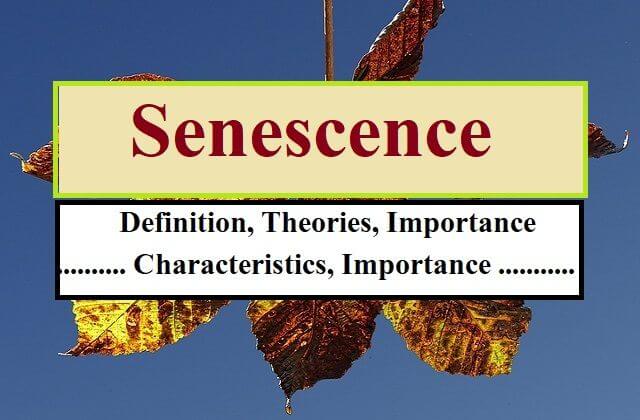Here We Will Discuss Senescence Definition, Types of Senescence, Theories of Senescence, Characteristics And Importance of Senescence.
Senescence is the latter part of the Development of Flower, fruits and seeds in Plants which leads from maturity to the ultimate complete loss of organization and function.
There is a confusion between ageing and senescence which should be clear. Ageing is a sum total of changes in the total plant while Senescence presents degenerative and Irreversible changes in a plant. Phytogerontology is the study of plants Senescence.
Types of Senescence
There are four types of the plant senescence
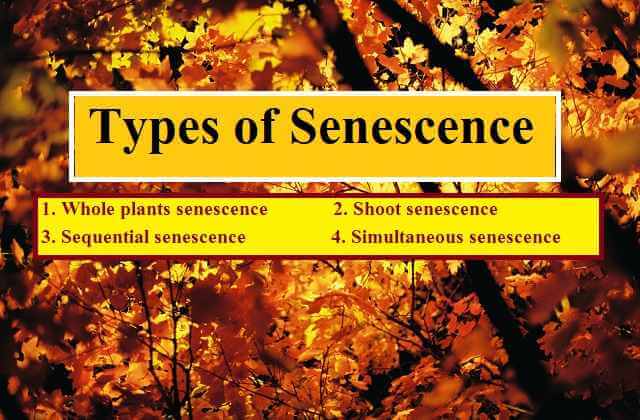
- Whole plants senescence: Rice, Wheat, Gram, Mustard, Cabbage, Henbane, Bamboo
- Shoot senescence: Banana Ginger, Gladiolus
- Sequential senescence: Eucalyptus, Mango, Pinus
- Simultaneous or synchronous senescence: Dalbergia sissoo, Mulberry
A) Whole Plants Senescence
Whole plants senescence is found in monocarpic plants such as rice, wheat, mustard gram etc. These plants Mein bi-annual, biennial or perennial in which flower and fruit only once in their life cycle.
In the case of Whole plants senescence, the plant dies soon after ripening of seeds. These are some examples in which Whole plants senescence found.
Annual plants- Rice, Wheat, Gram, Mustard
Biennials plants- Cabbage, Henbane
Perennial plants- certain Bamboos plants
B) Shoot Senescence
Shoot senescence is found in certain perennial plants. These perennial plants possess underground perennating structures like rhizomes, bulbs, etc.
In the case of Shoot senescence, each year the above-ground part of the plant shoot dies after flowering and fruiting but the underground part of the plant such as stem and root survives and puts out new shoot again next year when a plant gets favourable environmental conditions.
Examples- Banana Ginger, Gladiolus
C) Sequential Senescence
Sequential senescence is found in perennial plants in which the tip of main shoot and branches remain in a mathematics state and continue to produce new buds and leaves.
In the case of sequential senescence, the older leaves and Lateral organs of the plant such as branches show senescence and die.
Example- Evergreen plants are the best examples in which sequential senescence is found. Eucalyptus, mango, pinus etc are some of the examples of Sequential senescence.
D) Simultaneous or Synchronous Senescence
In the case of simultaneous or synchronous Senescence plants shed all their leaves in autumn and develop new leaves in Spring. Due to shedding of leaves autumn season is also called fall.
Examples- Temperate deciduous trees are best examples of simultaneous or synchronous Senescence. Dalbergia sissoo, mulberry etc
Theories of Senescence
There are four different theories of senescence which help to understand the meaning of Senescence.
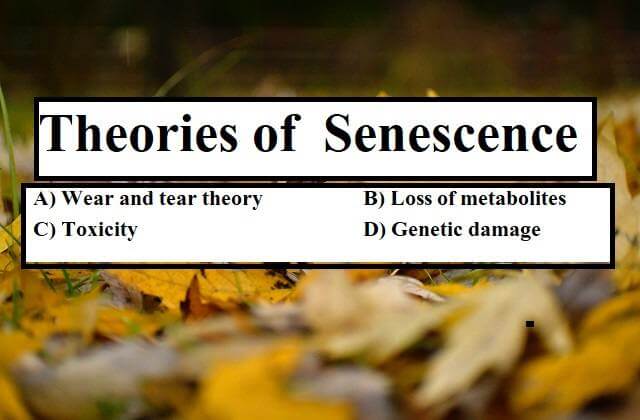
A) Wear And Tear Theory of Senescence
According to Wear and tear theory of senescence, senescence occurs due to loss of activity and cell undergo wear and Tear due to disintegration of organelles.
B) Loss of Metabolites
Metabolites are very important to live plants and animal. According to this theory, it is assumed that senescence leads to the gradual depletion of essential metabolites in a Cell. due to which sense occurs.
C) Toxicity
According to this theory, it is experienced that senescence takes place due to the accumulation of toxic substances.
D) Genetic Damage
Genetic damage is the mutation in gene due to different types of reasons. This type of senescence found rarely. It is not a common reason for senescence in all plants.
Characteristic Features of Ageing And Senescence
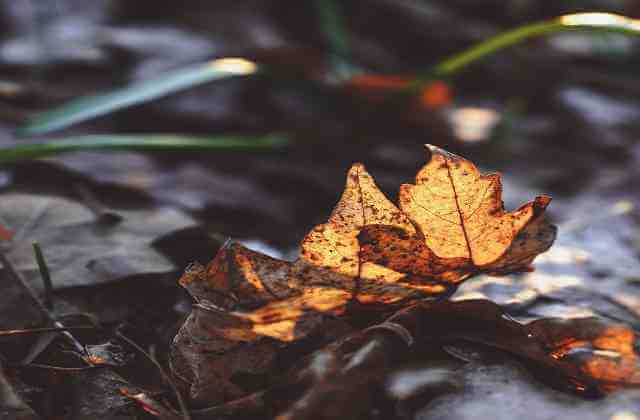
- In both cases there is General decline in metabolic activities, ATP synthesis and also decreases the potency of chloroplast
- In both cases decrease in RNA and DNA
- The decrease in the permeability of cytoplasmic membranes in the case of ageing and senescence
- Accumulation of chromosomal aberration and gene mutation.
- As a result of the changes Protein synthesis also become defective.
- Production of hydrolytic enzymes also increased in ageing and senescence. These enzymes are proteases and nucleases.
- There is a deteriorative change in cell organelles and membranes.
- Internal content of Oxygen and cytokinins also get decreased.
- Production acid or ethylene increased to boost ageing and senescence in plants.
- Decreases capacity to repair and replace burnout cells.
Importance of Senescence
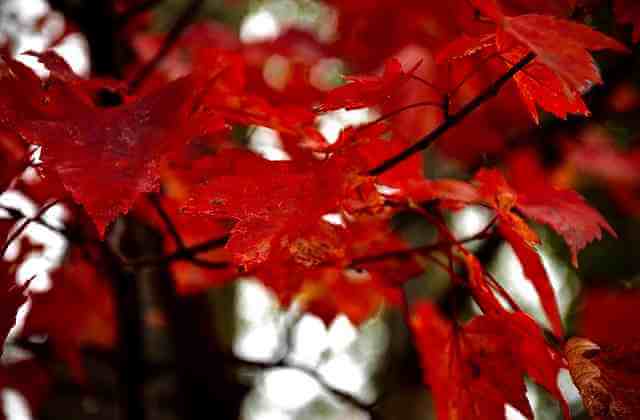
Whatever present in nature has its own importance. Likewise, senescence is also important to maintain the natural ecosystem. Biologically senescence and death have these advantages
- Senescence maintains efficiency since the old and inefficient organs are replaced by young efficient part. These parts are leaves, buds, flowers and fruits
- The cellular breakdown results in the release of many nutrients during senescence. These nutrients may be amino acids, amides nucleotides, simple sugars and Minerals.
- During the unfavourable conditions of the environment in a sense is a mechanism to help the plant perennate.
- Simultaneous or synchronous leaf fall reduces transpiration which is essential for survival in winter when the soil is frozen and roots cannot absorb water.
- Litter of fallen leaves and twigs is an important source of humus and mineral replenishment for the soil because a litter of fallen leaves and twigs contains so many important nutrients.
Read Also
- Parts of a Flowering Plant: The Root, Shoot, Leaf, Flower & Fruit
- Plant Water Relations: Imbibition, Diffusion, Osmosis, Absorption, Plasmolysis etc
- Living Organisms: Definition, Characteristics, Types and Examples
- The Cell: History, Types, Structure, Organelles, Functions
- Vernalization: Site, Requirement, Process and Importance of Vernalization
Conclusion
Senescence is a very important natural process occurs to maintain plants growth and developmental activities. Senescence is of four types: whole plant senescence, shoot senescence, sequential senescence, simultaneous or synchronous senescence.
Senescence decreases metabolic activities, ATP synthesis, the potency of the chloroplast, RNA and DNA, semi permeability of cytoplasmic membranes, capacity to repair and replace burnout cells, production of auxins and cytokinins.
Senescence increases the production of abscisic acid or ethylene, hydrolytic enzymes such as proteases and nucleases.
Here we have discussed “ Senescence Definition, Types of Senescence, Theories of Senescence, Characteristics and Importance of Senescence” we hope you like this article. if you have any query or suggestion, please leave a comment on the email. or contact us from contact us page.
Follow our official groups on Telegram, Whatsapp and Facebook

